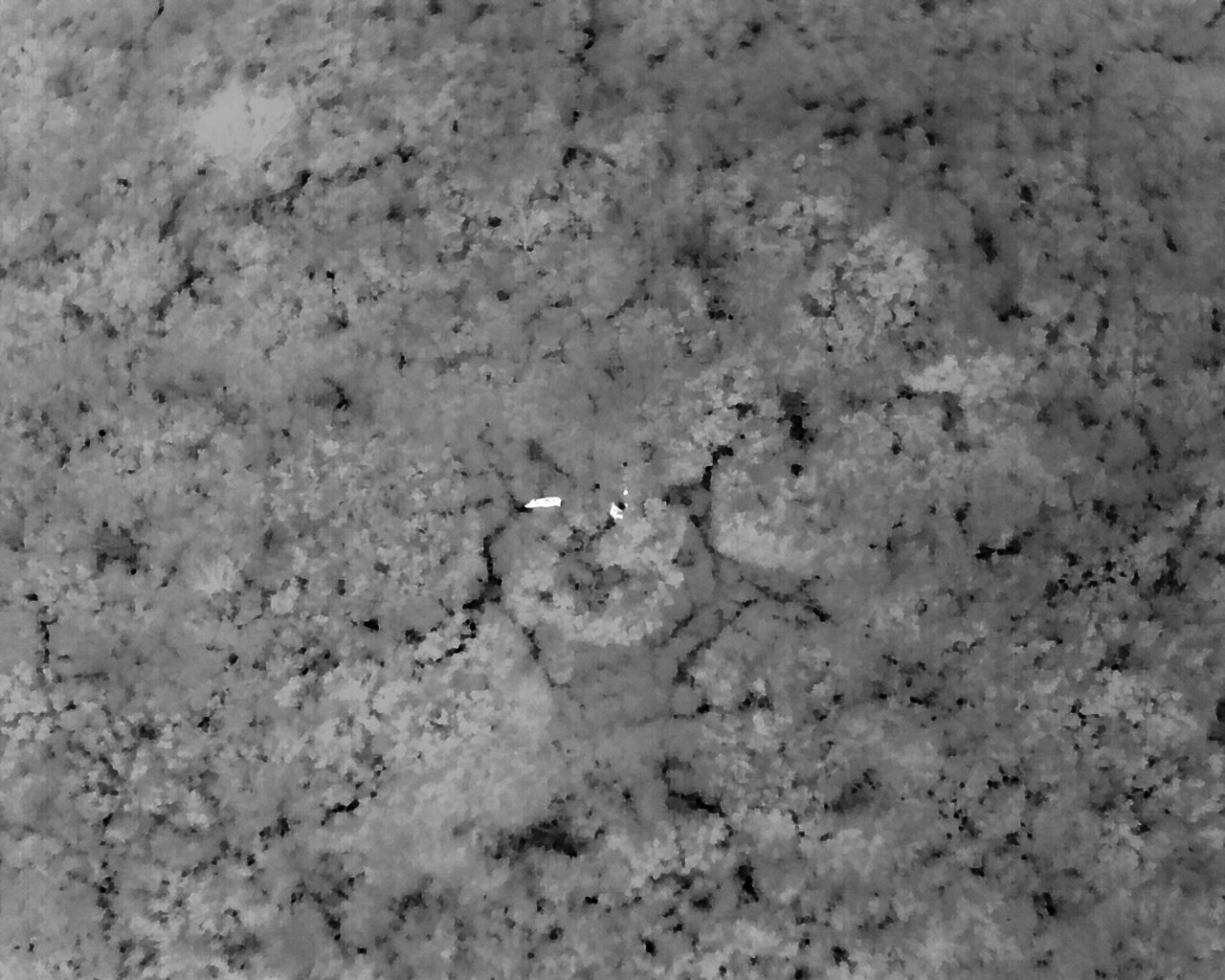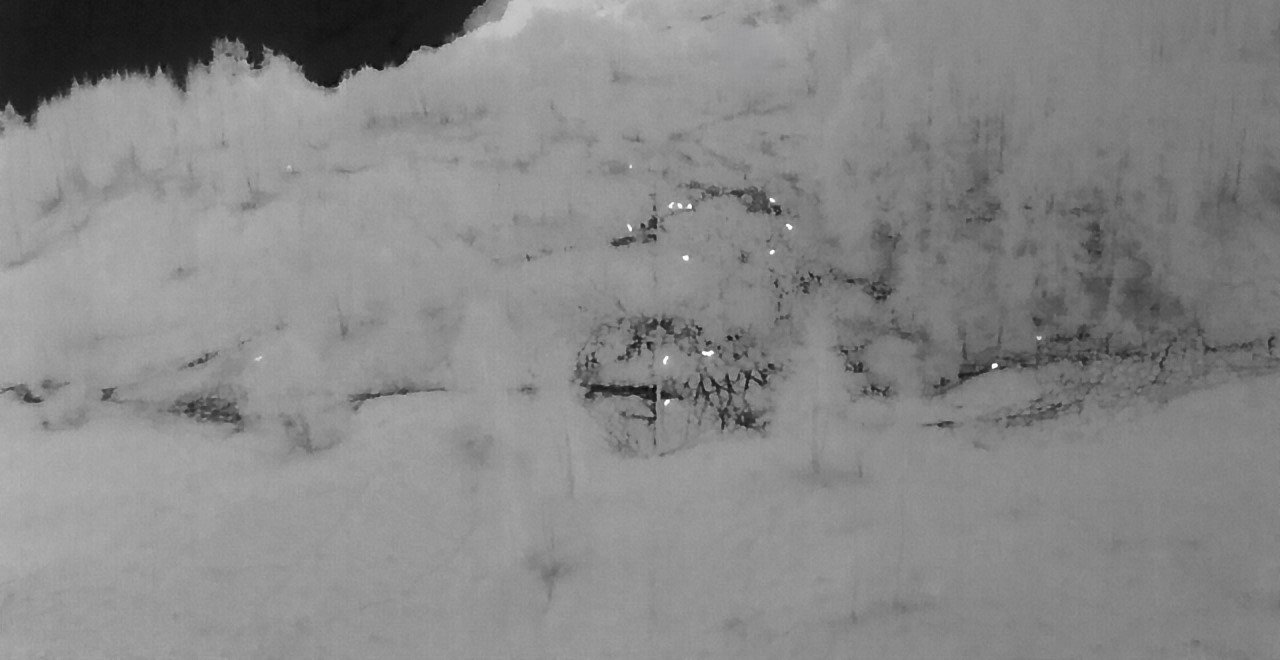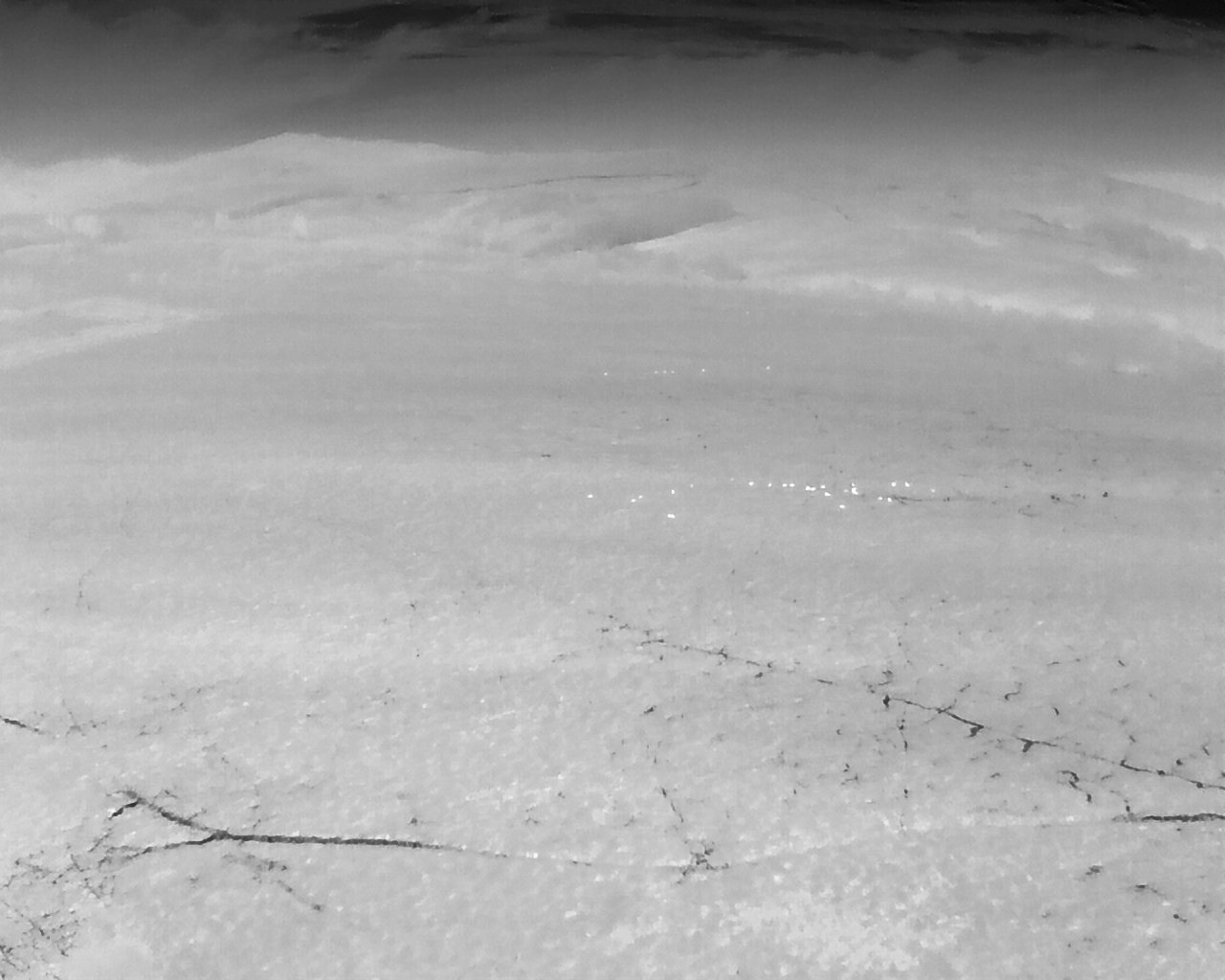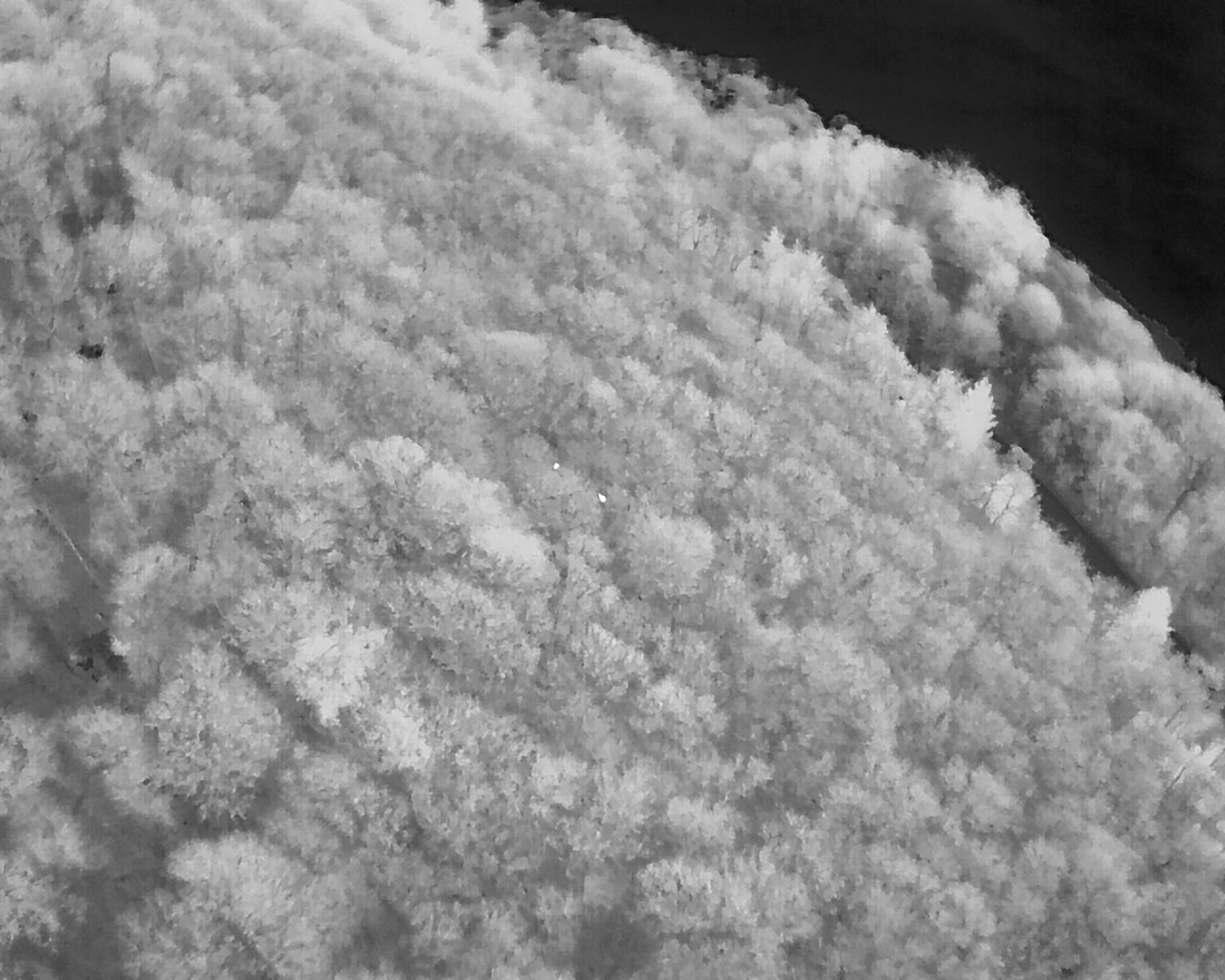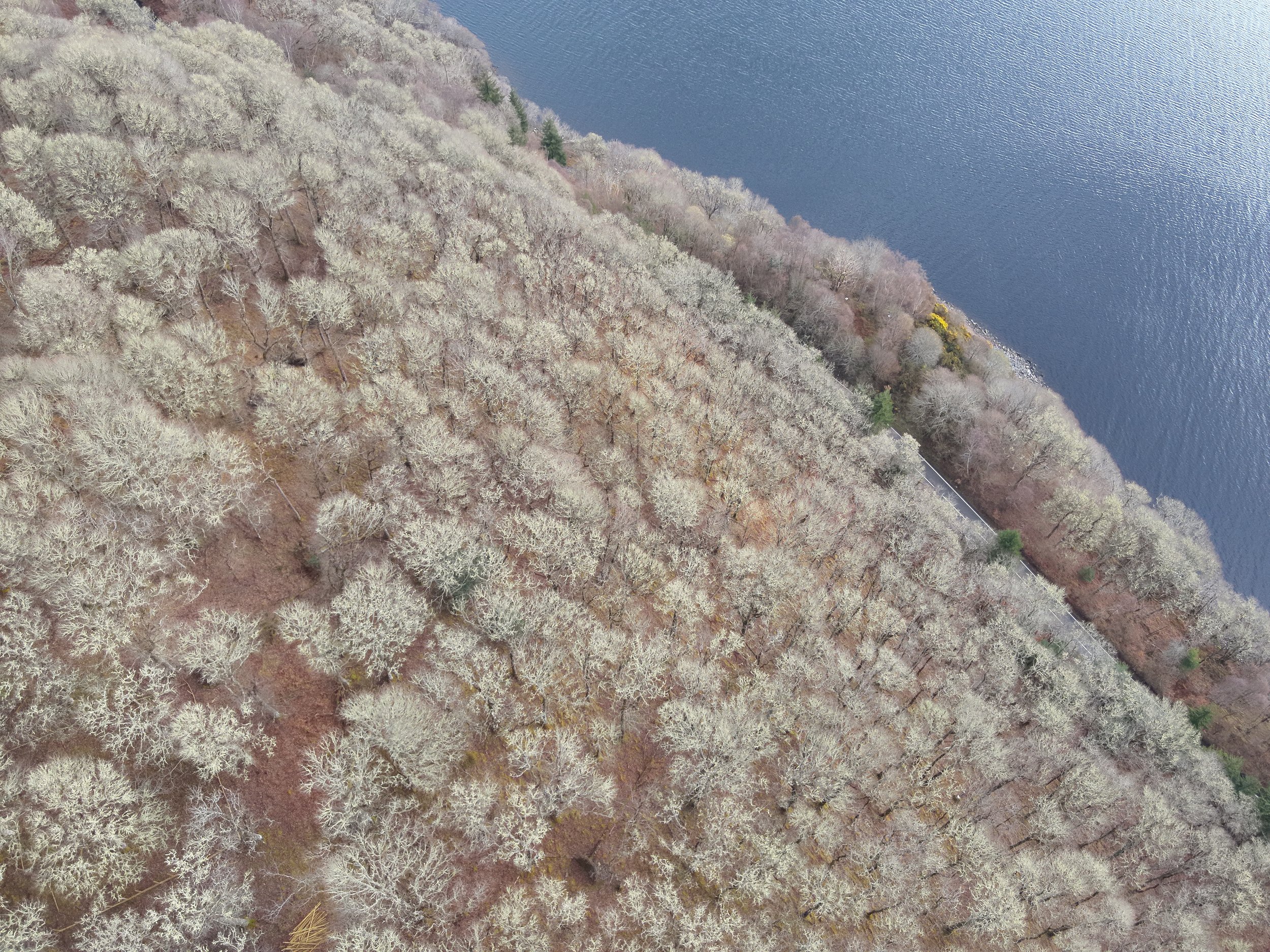Thermal imaging drone surveys of Bunloit
We recently had a thermal imaging drone survey of Bunloit estate done by BH Wildlife Consultancy, to check the numbers of deer and boar on the estate.
The findings are stark; despite recent culls, there were more than 60 sika deer on the estate and over 100 within approximately 250m of the boundary. This non-native species puts immense pressure on native woodlands and other habitats, preventing regeneration of many plant species. Sika also seem to have largely replaced native deer on Bunloit, with only 8 roe deer and no red deer found within the estate boundary. 90% of the estate was surveyed, before fawns were born, so numbers are likely to rise substantially at other times. This puts the deer density on Bunloit at a minimum of 15 deer per square kilometer, far above the 2-5 per square kilometer found to be necessary for native woodland regeneration elsewhere.
The survey also detected wild boar (or feral pigs), with 29 found. This year's litters were born prior to the survey so the number is unlikely to change dramatically, and tallies with our rough estimates from camera trap counts, which seem to indicate declining numbers. We will continue our ground surveys of the impacts of all of these species this spring, to assess what the numbers mean for the ecosystems on Bunloit. This information, both on numbers and impacts, is badly needed to inform current debates about land management and species control in Scotland, and we are putting significant resources into surveying.
We hope to continue to work with neighbours and research partners to expand our monitoring programme in the future. We have shared the survey report with NatureScot and the neighbouring Deer Management Group.
Thermal imagery drone images at Bunloit

